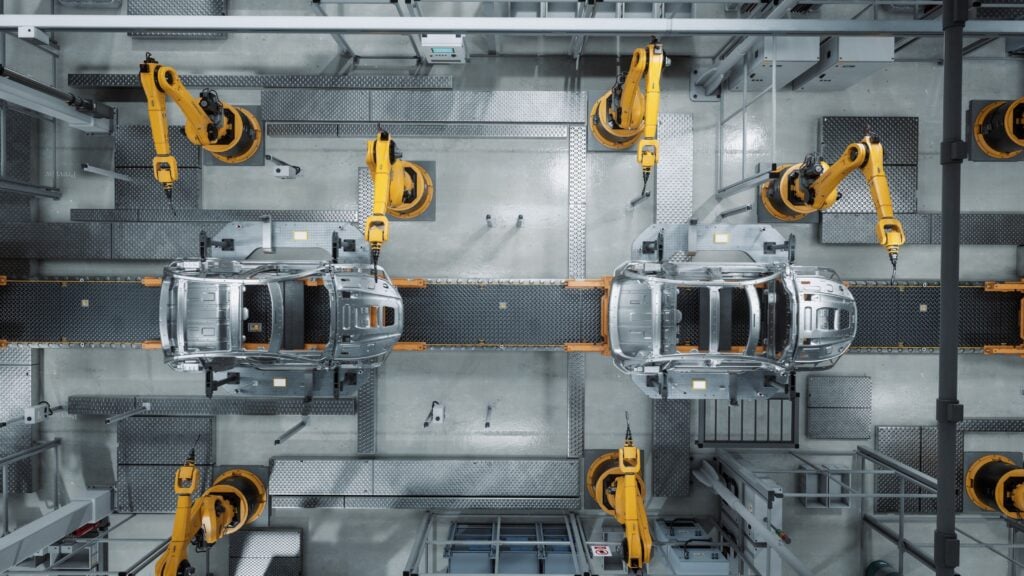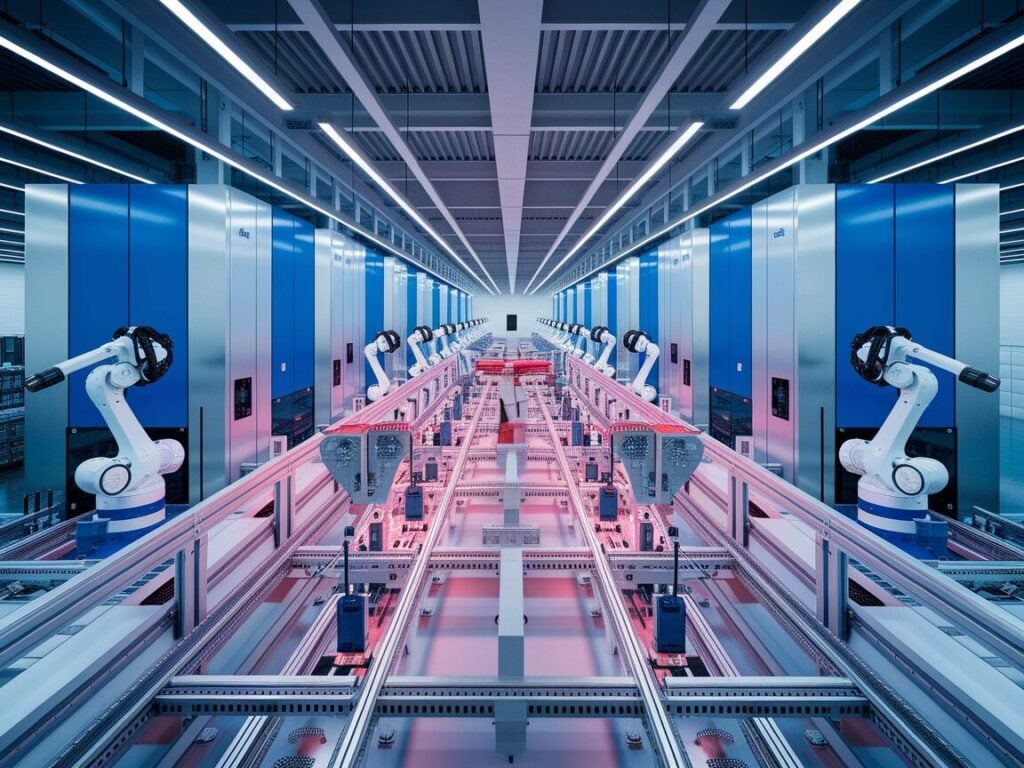Technological change, geoeconomic fragmentation, economic uncertainty, demographic shifts and the green transition – individually and in combination are among the major drivers expected to shape and transform the global labor market by 2030.
Simon Kim is the CEO and founder of Glassdome. Read Simon Dae Oong Kim’s full executive profile here.
Manufacturing is in a solid position. More than four years after the pandemic upended the global supply chain and made business difficult for manufacturers, companies are doing brisk business. A big part of this change is the advent of technology, which has helped companies streamline their business, work toward sustainability and harness data to run more efficiently.
However, many changes are afoot that will change the manufacturing landscape. Chief among them is the rise of protectionism, which could change how manufacturers do business. Here are nine significant changes to anticipate within the manufacturing sector in 2025.
1. A “silver wave” in manufacturing will hasten tech adoption.
A 2024 Lightcast report (via Inc.) found that more than 4 million older workers have left the workforce since 2020. A generation of manufacturing employees who’ve been with companies for decades is nearing retirement or have already finished their careers. These departures mean manufacturers will lose a large amount of knowledge and expertise.
Beginning in 2025, expect manufacturers to lean on AI, data and technology to replace some of this expertise and knowledge leaving the industry. A new, younger class of manufacturing employees familiar with manufacturing processes and AI and data will enter the workforce, and manufacturing will evolve.
2. Manufacturing will be a hybrid digital and process workplace.
Manufacturers were once considered old-fashioned and traditional workplaces. Increasingly, they look like the most modern places to work. Manufacturing plants will continue their digital transition in 2025 as the crossover between the digital world and manufacturing continues. Expect manufacturing to use technology to work faster and more intelligently, as well as things like AI-powered drones and robots on factory floors down the road.
3. Industry 4.0.
Industry and manufacturing are no longer tethered to the past. Increasingly, we are seeing the digital world—data, AI, automation, machine learning and more—bleed into the manufacturing process. This will improve manufacturing in the coming year and beyond.
4. Digital twins will finally enter the manufacturing space.
A digital twin is a virtual copy of an object or a system that can simulate its real-world counterpart. NVIDIA, for example, revealed in March 2024 that it has industrial-scale digital twins that will be used in industrial automation. The digital twins take engineering data from various sources, giving it a narrative and context similar to the real world. This breaks down information silos and offers a holistic view that can be shared throughout the company. Expect digital twins to multiply in the manufacturing space.
5. Battery manufacturers will continue to adjust in the EU.
The EU Batteries Regulation will introduce declaration requirements, performance classes and maximum limits on the carbon footprint of electric vehicles and rechargeable industrial batteries in 2025. Manufacturers will continue to change processes and plans in the coming year as they navigate the changing regulatory climate in Europe.
6. U.S. manufacturers will try to get into the battery business.
The United States needs specialized batteries. As a result, it will continue its push to end dependence on Chinese lithium in 2025 despite difficulties. About 80% of lithium batteries are manufactured in China, but a global rush is underway to change that and find new lithium. Additionally, domestic lithium processing would be beneficial to the domestic supply chain.
7. Political shifts will change the manufacturing landscape.
The political shifts in the U.S. and the move to more right-leaning governments elsewhere will profoundly affect manufacturing. More investment in the U.S. is expected in the manufacturing sector in 2025 as the new administration works to boost manufacturing and increase the number of manufacturing jobs. In December 2024, President-elect Donald Trump promised fast-track permitting for companies that invest $1 billion in the U.S., and many manufacturers are undoubtedly capable of such an investment.
Conversely, the emphasis on protectionism may hurt a manufacturing sector that depends on the global supply chain. As the Trump administration tries to roll back rules on everything from carbon emissions to fracking, businesses in the U.S. need to mind sustainability expectations abroad. In addition, an article published by SupplyChainBrain suggests that increased tariffs and trade policy shifts could increase costs and lead to strategic changes in manufacturing.
8. Sustainability is still relevant.
Despite the potential rollback of climate regulations in the U.S., sustainability will still be relevant to manufacturers in 2025, as manufacturing companies must be sustainable to compete globally. Manufacturers that export, seek out international businesses or own European subsidiaries will be expected to comply with EU environmental regulations.
Certain states—notably California, New York and other parts of the U.S.—will also likely work to keep rules that affect the manufacturing sector in place. California already plans to challenge the Trump administration on changes that could affect state laws on the environment and many other issues.
9. Environment and green cred will still affect reputation and branding.
Demographic shifts mean manufacturers still need to consider how people 40 years old and under perceive them. Don’t expect manufacturers to stop talking about what they’re doing to protect the planet when it’s still good for business.
10. Innovation climate will respond to the changing landscape.
Innovation can thrive in different environments. It’s without question that innovation helps solve serious challenges like climate change and environmental issues. It’s also often closely tied to the need for compliance and to upend the status quo. Equally, a lack of regulation can sometimes kick-start new companies or innovations. In 2025 and beyond, we’ll see how manufacturers and innovators in the space respond to changes in policy and process.
Overall, it’s an exciting time to be in the manufacturing industry. The rise of Industry 4.0 and the convergence of new digital tools and timeless businesses offer a chance to create jobs, boost economies and improve the world. I look forward to seeing all of the advances and where the industry stands at the close of 2025.
ARTICLE BY: Simon Dae Oong Kim Forbes Councils Member | Forbes Technology Council | Published: 01/07/2025







